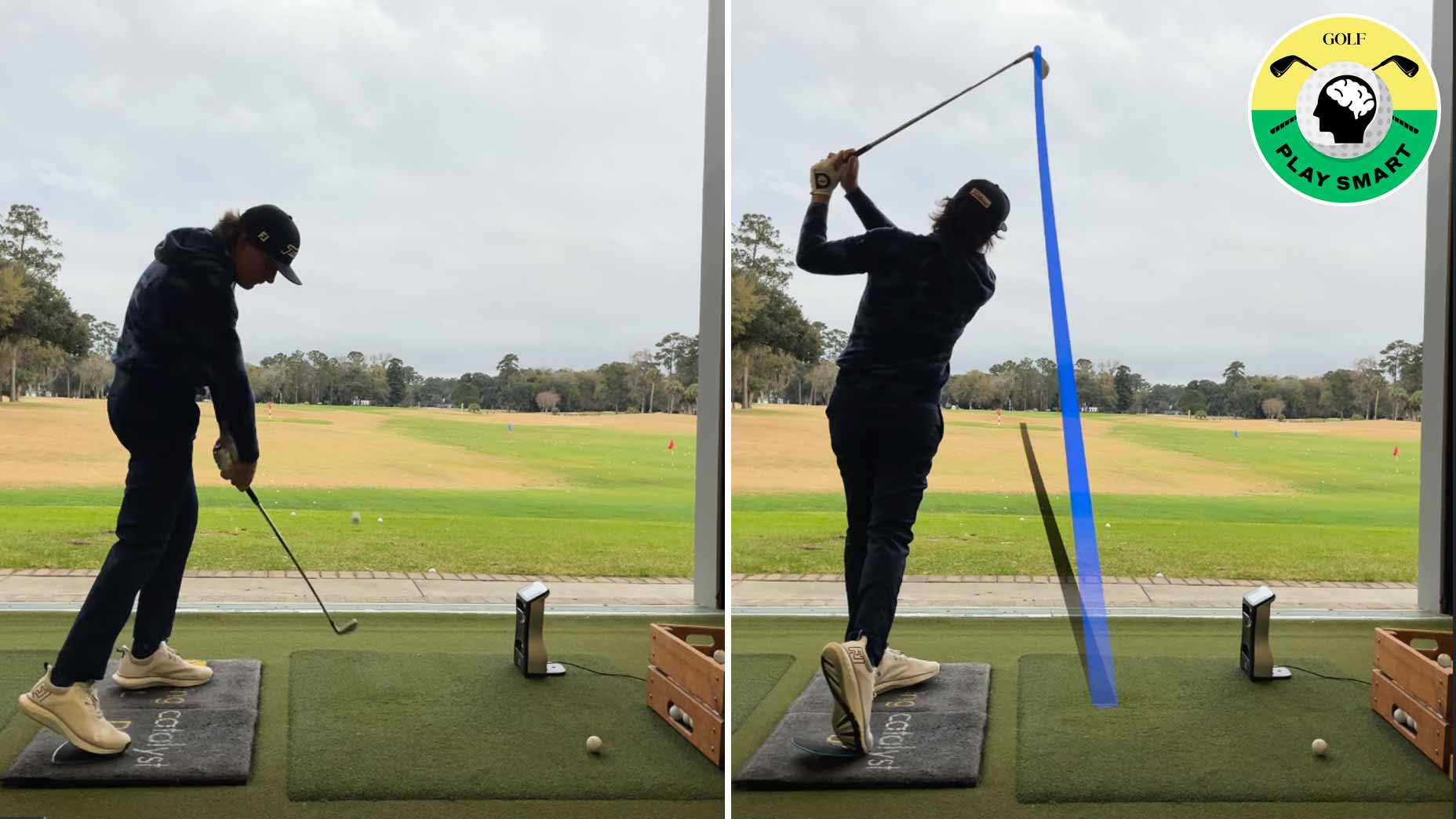 What you can learn from 6 positions in Justin Rose’s swing
What you can learn from 6 positions in Justin Rose’s swing
How to become a single-digit handicapper, according to 4 low-handicap golfers
Everyone wants a lower handicap. Well, most of us. And with news that the handicap calculation system is changing — and taking your index along for the ride. So with the peak season winding down, what better time is there than now to study up and get to work next time around, so get your index to that hallowed ground: Single-digits. To help you do that, we consulted a handful of low handicappers around the GOLF Magazine offices.
Make Time For Short Putts
Dylan Dethier (+2.7 handicap): Before every round you play, allow a little extra time to head to the putting green for some three-footers. Make it a rule: You’re not allowed to head to the first tee until you make 10 three-footers in a row. Plenty of strokes are thrown away from making poor strokes on makeable putts, and this is an easy way to dial in your putting stroke before you play. Plus, this gives you practice putting under pressure — nobody wants to miss on that ninth or tenth putt and start over from scratch! Eventually you can try four-footers, or 20 putts in a row. Then, once you get on the course, make sure you putt everything out! I love gimmes as much as the next guy, but you’d rather practice making all those two-to-four footers so that when you actually need to, it’s not an intimidating prospect.
More Wedges, More Drivers
Luke Kerr-Dineen (2.1 handicap): I was guilty of it for ages. I’d get to the range, hit a few wedges, pound mid-irons, round it off with a few drivers then head to the putting green. It wasn’t until relatively recently that I truly began understanding how counterproductive that approach was. Watch pros practice, almost all of their practice is spent hitting wedges and drivers — and for good reason. It’s where the majority of shots are played from. Up to 75 percent of your shots are played from within 120 yards (granted, that includes putts, but the point remains), and poor drives are a frequent cause of penalty shots. Simply practicing more wedge shots and hitting more drivers will help strip-out uninforced errors and help keep you in play more often — two vital qualities that hold so many golfers back. And along the way you’ll find out all kinds of side benefits, like how hitting lots of wedges is for your tempo.

ADVERTISEMENT
Groove A Go-To Shot
Josh Sens (2.8 Handicap): Cheating definitely helped me lower my scores. But so did embracing a go-to shot that I could rely on under pressure or on especially tight or perilous holes. In my case that was the hang on fade. Obviously, like most amateurs, I still battle a two-way miss. But I can hit a controlled fade with reasonable consistency. It’s not a pretty shot or a pretty looking swing. And it took me a long time to embrace it because I wanted to be pretty and I also fell into the trap of trying to hit the bold shot or the beautiful shot or the shot I thought the hole invited rather than the shot I was capable of hitting. In the end, I was able to start shooting lower scores when I finally understood the truth of “it is not how but how many.” There is also the fact that everyone from Hogan to Happy Gilmore has known: that the game becomes more manageable when you take one side of the course out of play.
Practice With Intention
Joe Summa (5 Handicap): Assuming you’re a low double-digit handicap, you’re likely flirting to join the single-digit club but lacking the final bit of consistency needed! My advice? Practice, practice, practice…but with intention! Going to the range to smack as many eggs as possible will do nothing but give you an aching back and bad swing habits. Going to the range with a purpose, working on individual parts of your game in sequence will allow your muscle memory to produce consistent shots you desire. Starting with wedges, working your way to driver, then back down to wedges. Dedicating time to practice isn’t always easy, by breaking your allotted time into percentages, it will create a more efficient and productive practice session: 50% short game, 20% putting, 20% irons, 10% driver. These percentages may vary on your personal strengths and weaknesses, however, moral of the story… attack your practice session with purpose and a plan!
ADVERTISEMENT





